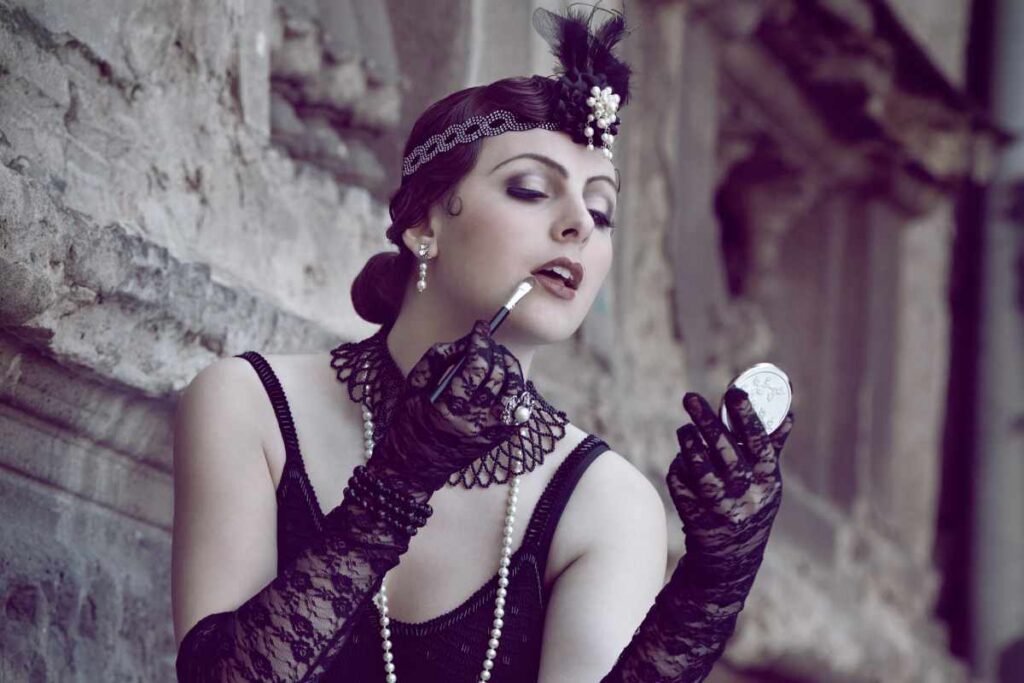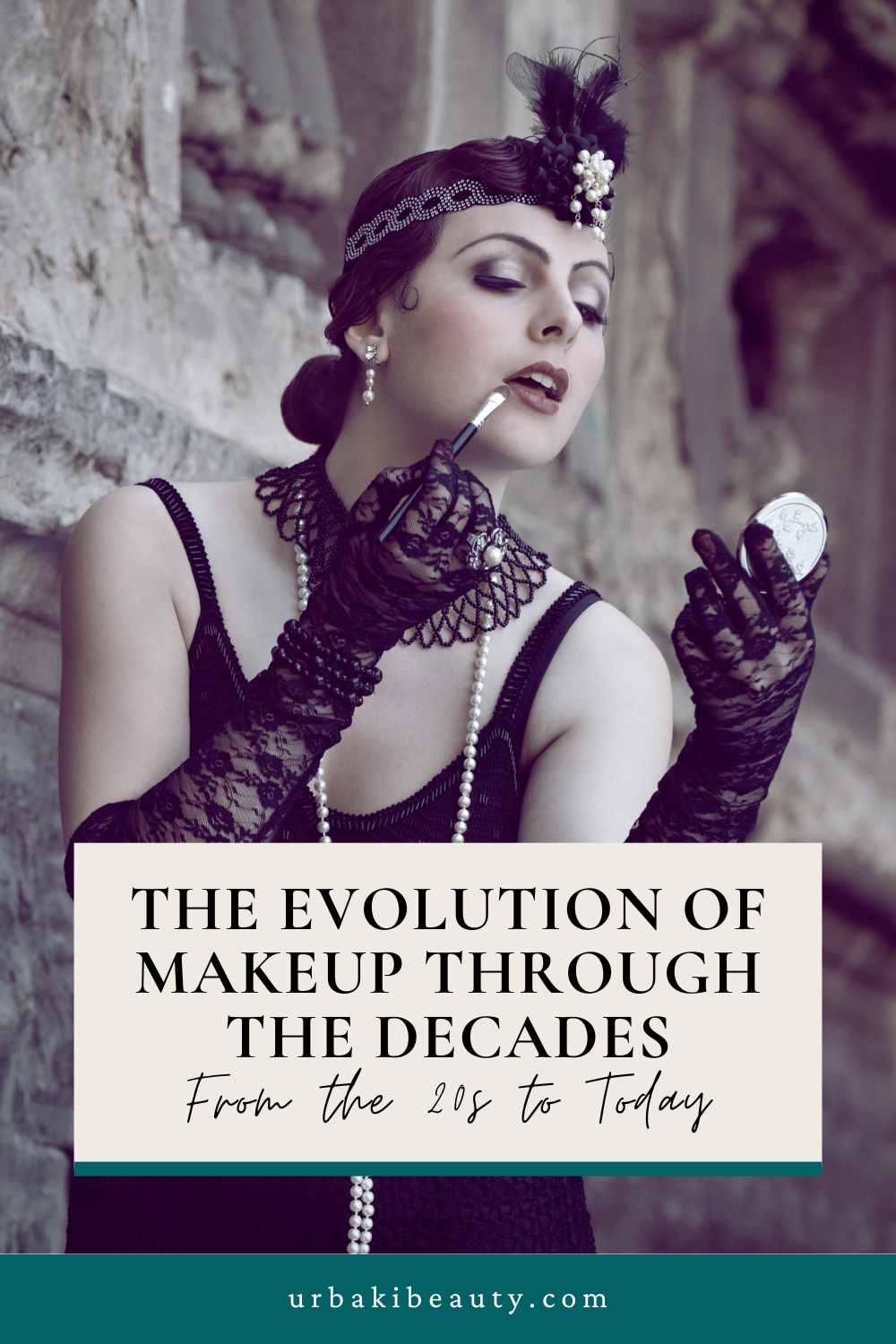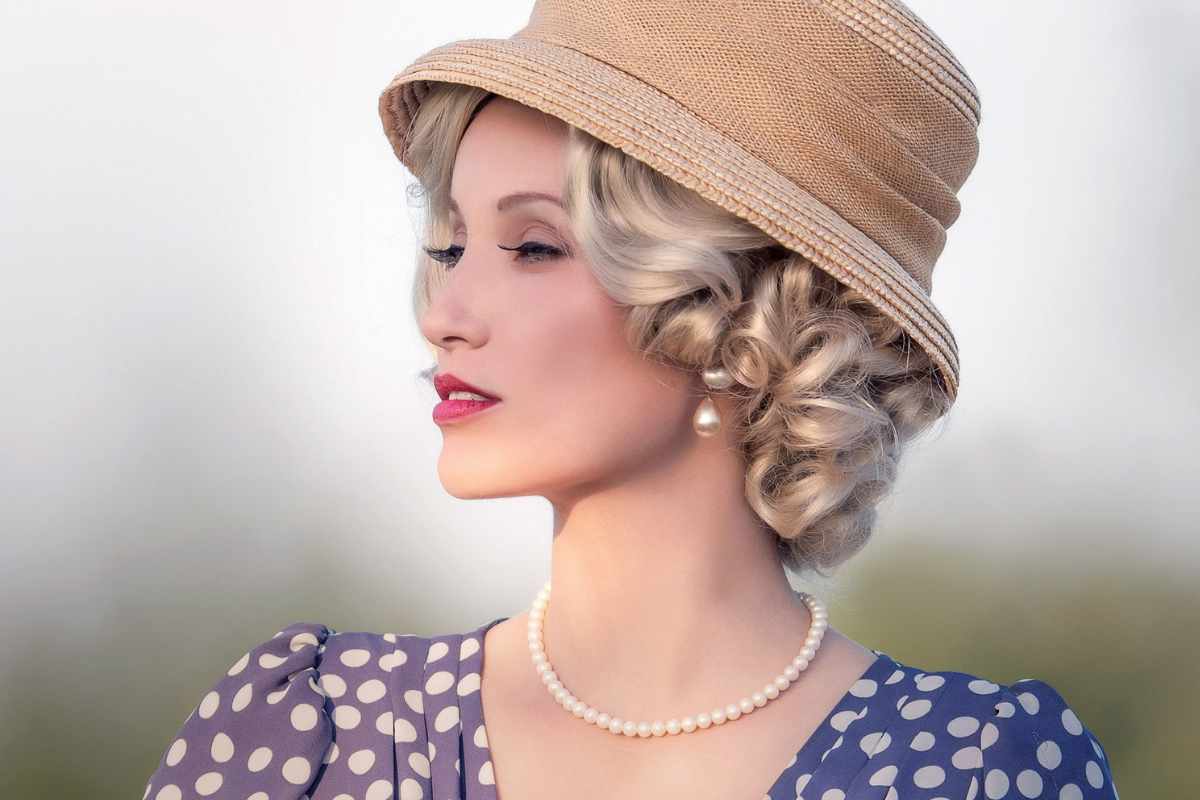The Evolution of Makeup Through the Decades: From the 20s to Today

Makeup has long been a tool for self-expression, creativity, and cultural influence. Over the past century, makeup trends have evolved in response to changes in fashion, society, technology, and gender norms.
From the bold, glamorous looks of the 1920s to today’s emphasis on natural beauty and individuality, makeup has been a reflection of shifting cultural tides.
In this article, we’ll take a journey through the decades, exploring how makeup has transformed and what it tells us about the times.
The Roaring 20s: The Birth of Bold Beauty
The 1920s were marked by rebellion, freedom, and the emergence of the modern woman. With the end of World War I and the rise of the flapper, women embraced a more daring, youthful look, a stark contrast to the more conservative styles of the past.
Iconic Features of the 1920s Makeup
In the 1920s, makeup was all about creating a dramatic, sophisticated look. Women used dark eyeliner and mascara to accentuate the eyes, creating a look that was both bold and mysterious.
Red lipstick became a symbol of empowerment, representing a woman’s newfound confidence and independence. Additionally, women used powder to create a pale, porcelain complexion, a stark contrast to the sun-kissed looks that would emerge in later decades.
Eyebrows also took center stage in the 1920s, with women opting for thin, sharply arched brows that became a signature of the era’s style. The use of blush was minimal, with most women preferring a more neutral tone to keep the focus on their eyes and lips.
The 1930s: Glamour Meets Subtlety
The 1930s brought a softer, more refined approach to makeup. With the influence of Hollywood’s glamorous movie stars, makeup became an important part of the silver screen persona.
The decade embraced a classic, sophisticated look, and women sought to replicate the timeless beauty of icons like Greta Garbo and Jean Harlow.
Makeup Trends of the 1930s
During this period, makeup became a bit more polished and subtle compared to the bold styles of the 1920s. Fuller eyebrows returned, with women using pencils or powders to create a natural arch. Eyeshadow became more prominent, with shades like brown, grey, and taupe being popular choices.
The lips of the 1930s were defined by sharp, defined shapes and were typically painted in shades of red, berry, or deep rose. Blush was used to contour the cheeks, creating a soft, flushed appearance that was more natural than the previous decade’s heavy application.
The 1940s: Wartime Makeup and the Rise of the Classic Look
The 1940s were heavily influenced by World War II. With many beauty products in short supply, women had to get creative with the products they had, leading to the rise of multi-purpose cosmetics. The era also saw the emergence of iconic makeup trends that are still relevant today.
Makeup in the 1940s
The bold lip was a staple of 1940s makeup, with red lipstick continuing its dominance. Women favored matte, more neutral shades, and the classic “winged eyeliner” look began to make an appearance. Mascara became a staple in most women’s beauty routines, enhancing the eyes and adding drama.
Eyebrows were well-defined but still natural-looking. Instead of the thin brows of the 1920s, the 1940s favored fuller, more arched eyebrows that framed the face.
One of the most significant makeup changes in the 1940s was the introduction of the skin tone-matching foundation. While the 1920s had seen pale, porcelain skin, the 1940s emphasized more natural skin tones.
Women wanted a more realistic and healthy glow, leading to a focus on foundation that matched the wearer’s natural skin color.
The 1950s: Iconic Glamour and the Rise of the Beauty Standards
The 1950s was the decade that solidified the glamorization of beauty. With Hollywood still influencing makeup trends, the beauty standards of the time were heavily defined by women like Marilyn Monroe and Audrey Hepburn.
Signature Looks of the 1950s
The 1950s were marked by luxurious and polished looks. Full, bold lips, usually in shades of red, coral, or pink, were a central focus of makeup.
Women often used lip liner to create a fuller, more defined lip shape, and lipstick was typically matte or satin. Cat-eye eyeliner became iconic, with thick black eyeliner and mascara that gave the eyes an exaggerated almond shape.
Foundation took center stage in the 1950s, with women seeking a flawless, airbrushed look. Powder was used to set the foundation, leaving skin with a smooth, matte finish.
Women also began experimenting more with highlighting and contouring techniques, creating the sharp jawlines and high cheekbones that became synonymous with the 1950s.
The 1960s: Mod, Bold Eyes, and Youthful Skin
The 1960s introduced a more youthful, experimental look to makeup. This was the decade of the mod style, influenced by fashion icons like Twiggy and Edie Sedgwick. Eyes took center stage in the 1960s, with a heavy emphasis on creating a wide-eyed, doll-like appearance.
Key Features of 1960s Makeup
The “big eye” look was achieved through false eyelashes, thick eyeliner, and eyeshadow in bold shades of blue, green, and pink.
Lashes became a central feature, with women often layering mascara and using false lashes for a dramatic effect. Eyeliner was applied in thick layers on both the top and bottom lids, often extending past the outer corner of the eye.
The eyebrow trend shifted during this time as well. Women adopted a soft, rounded shape, which was much fuller compared to the sharp brows of the previous decades.
Foundation remained important, but women began to experiment more with cream blush and lip gloss, shifting away from matte products and opting for a more youthful, dewy finish. This decade was all about creating a look that was fun, dramatic, and youthful.
The 1980s: Bold, Bright, and Big
The 1980s was a decade known for excess, bold colors, and larger-than-life fashion. The makeup of this era was no different. The boldness of the 1980s reflected the energy of the era, with bright, vibrant colors dominating both the eyes and lips.
Makeup Trends of the 1980s
Bright, neon eyeshadows in shades of blue, pink, and green were incredibly popular. The eyebrow trend also evolved, with fuller, more natural brows being favored over the thinner looks of the past. Blush was applied heavily, often extending to the temples to create a more sculpted look.
Lip gloss made a huge comeback during this time, and lips were often painted in bright, bold colors like fuchsia and red. The “no makeup” look wasn’t a thing yet—makeup in the 1980s was all about exaggeration and boldness.
The 1990s: Minimalism and the Rise of the “Supermodel Look”
The 1990s brought about a shift toward minimalism. The bold, bright makeup of the 1980s gave way to a more understated, natural look. Supermodels like Cindy Crawford and Naomi Campbell influenced makeup trends, focusing on a fresh, clean, and contoured look.
Key Features of 1990s Makeup
The 1990s saw a rise in brown lipstick and lip liner, with lip colors leaning toward earth tones and nudes. The eyebrow trend shifted again, with a thinner, more defined shape becoming popular.
Foundation became more lightweight, and the “matte” look was in vogue. Blush was applied sparingly, often in natural shades to create a soft, sun-kissed glow.
While the 1990s marked the peak of minimalism in makeup, smoky eyes and cat-eye eyeliner were still staples for evening looks. However, the overall trend was simpler, with less emphasis on dramatic colors.
The 2000s to Today: The Rise of Individuality
The 2000s and 2010s saw the rise of individuality in makeup. Makeup became a form of self-expression, with trends ranging from bold lips to no-makeup makeup looks.
Social media and influencers have also played a huge role in shaping makeup trends, with beauty tutorials becoming easily accessible to millions of people around the world.
Makeup Trends in the 2000s and Beyond
The 2000s brought frosted lip gloss, thin eyebrows, and smoky eyes into the mainstream. The “glow” trend emerged in the 2010s, with an emphasis on dewy, hydrated skin.
Today, contouring and highlighting remain popular, with many people experimenting with different textures and finishes, including matte, glossy, and metallic.
Additionally, there has been a significant push towards clean beauty, with an emphasis on products that are sustainable, ethical, and non-toxic.
Social media platforms like Instagram and TikTok have allowed makeup to evolve into an art form, where individuals experiment with everything from graphic eyeliner to bold eyeshadow colors.
Conclusion
The evolution of makeup from the 1920s to today is a testament to how society, culture, and fashion continuously shape beauty trends.
From the dramatic, bold looks of the early 20th century to the natural beauty movements of today, makeup has transformed in ways that reflect the values, personalities, and technologies of each era.
Whether it’s the glamour of the 1950s or the minimalism of the 1990s, makeup will continue to evolve as an important aspect of self-expression for generations to come.
Did you find this post useful or inspiring? Save THIS PIN to your Beauty Board on Pinterest! 😊






You may also like